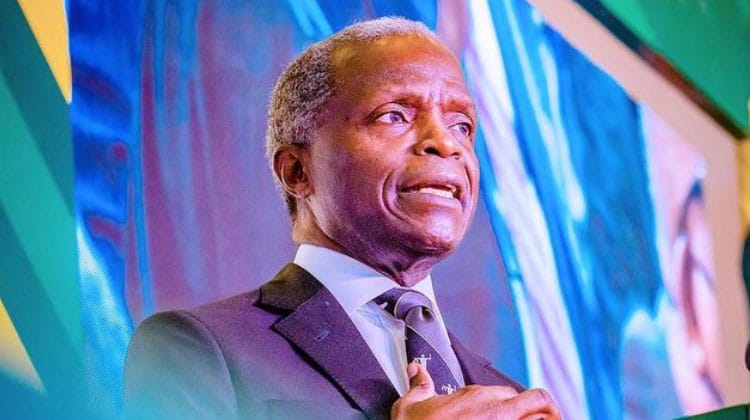When NATO leaders gather in Washington on 10-11 July, the war in Ukraine will likely dominate conversations. But the war can no longer be seen exclusively as a Euro-Atlantic affair – if it ever really was. North and South Korea have, directly and indirectly, given Russia and Ukraine more munitions than any other country except the United States. China has helped Russia cushion Western economic and political pressure from day one, and continues to enable Moscow’s defense-industrial and battlefield effort through the transfer of dual-use goods. So does Iran, particularly through drone exports. Conversely, countries like Japan, Australia, New Zealand, and South Korea continue to stand behind Ukraine. What happens in Ukraine also has broader geo-strategic ramifications. The Sino-Russian relationship may continue to be characterized by a good dose of friction and mistrust. But a key takeaway from the war is that what unites these two powers is greater than what divides them. Their shared interest in rolling back U.S. power appears to be animating a broader Sino-Russian geopolitical alignment, especially around the critical regions of Europe, the Middle East and East Asia. For China, the war in Ukraine offers an opportunity. A United States that diverts scarcer national security resources to a never-ending protracted battle in Europe cannot fully focus on the Indo-Pacific. Relatedly, Russia’s down payment to North Korea and Iran comes by way of support of their missile and nuclear programs, which may fuel regional instability in the Middle East and the Korean peninsula and help further disperse U.S. attention far and wide. All in all, through a set of interlocking strategic partnerships with Russia, North Korea, and Iran, China may well seek to “gain advantages and avoid disadvantages in chaos.” References to a Beijing-Moscow-Tehran-Pyongyang axis might indeed be premature. Russia will surely try to mitigate its dependence on China, not least by strengthening its own ties with North Korea or trying to preserve a functional relationship with India. North Korea and Iran will also strive to maneuver between China and Russia to maximize their own leverage. But for all those frictions, the war in Ukraine appears to be catalyzing the consolidation of two sets of adversarial alignments, however imperfect or relatively incohesive these might remain. The first is structured around China and Russia but also includes North Korea and Iran. The second comprises the United States and its European and Indo-Pacific allies, and while it might be less advanced, it actually boasts far greater potential. The United States and its European and Indo-Pacific allies must match up. And the forthcoming meeting in Washington between NATO and its Indo-Pacific four (IP4) partners, Japan, Australia, South Korea and New Zealand, offers an excellent opportunity to do just that. The fact that the Euro-Atlantic and Indo-Pacific alliances are structured around a clear anchor – U.S. military power – makes them more cohesive and gives them a strategic edge as compared to the sort of interlocking partnerships that bind China, Russia, Iran, and North Korea. To capitalize on such advantage, however, NATO and its IP4 partners must think big, move past declaratory statements about tackling transnational challenges, and articulate their partnership around the need to deter great power revisionism. Even if they are to remain operationally focused on their respective regions, NATO and its IP4 partners should think about how to develop a cross-theater deterrence ecosystem of shared concepts, doctrines, capabilities, technologies, and standards that gives them the scale required to outmatch their competitors, especially in a context of attrition and protraction.
The Long and Winding Road to the NATO-IP4 Partnership The United States and its European and Indo-Pacific allies seem to be well aware of the need to situate the war in Ukraine in the context of broader geo-strategic dynamics. A look at NATO’s post-February 2022 narrative reveals that the alliance is as clear-headed about the fact that its center of gravity lies in Europe as it is about the fact that the Indo-Pacific has become the epicenter of global power competition politically, militarily, economically, and technologically. Indeed, at their meetings in Madrid (2022) and Vilnius, allied leaders recognized that the fate of the Euro-Atlantic is increasingly tied to broader geostrategic dynamics. This is significant. Since NATO’s birth in 1949 – and long before that, arguably – the Euro-Atlantic has been the epicenter of global power dynamics. That is no longer the case. And this new normal compels the alliance – especially Europeans – to reflect more systematically about the links between Europe and the Indo-Pacific. To be sure, NATO’s efforts to develop a more global or Indo-Pacific sensitivity are riddled with strategic and political obstacles. For one thing, most European allies believe that the Euro-Atlantic should be NATO’s main – and even only – business, and that preserving security therein is challenging enough as it is. For another, most of NATO’s Indo-Pacific partners do not want the alliance in or near their region. They


